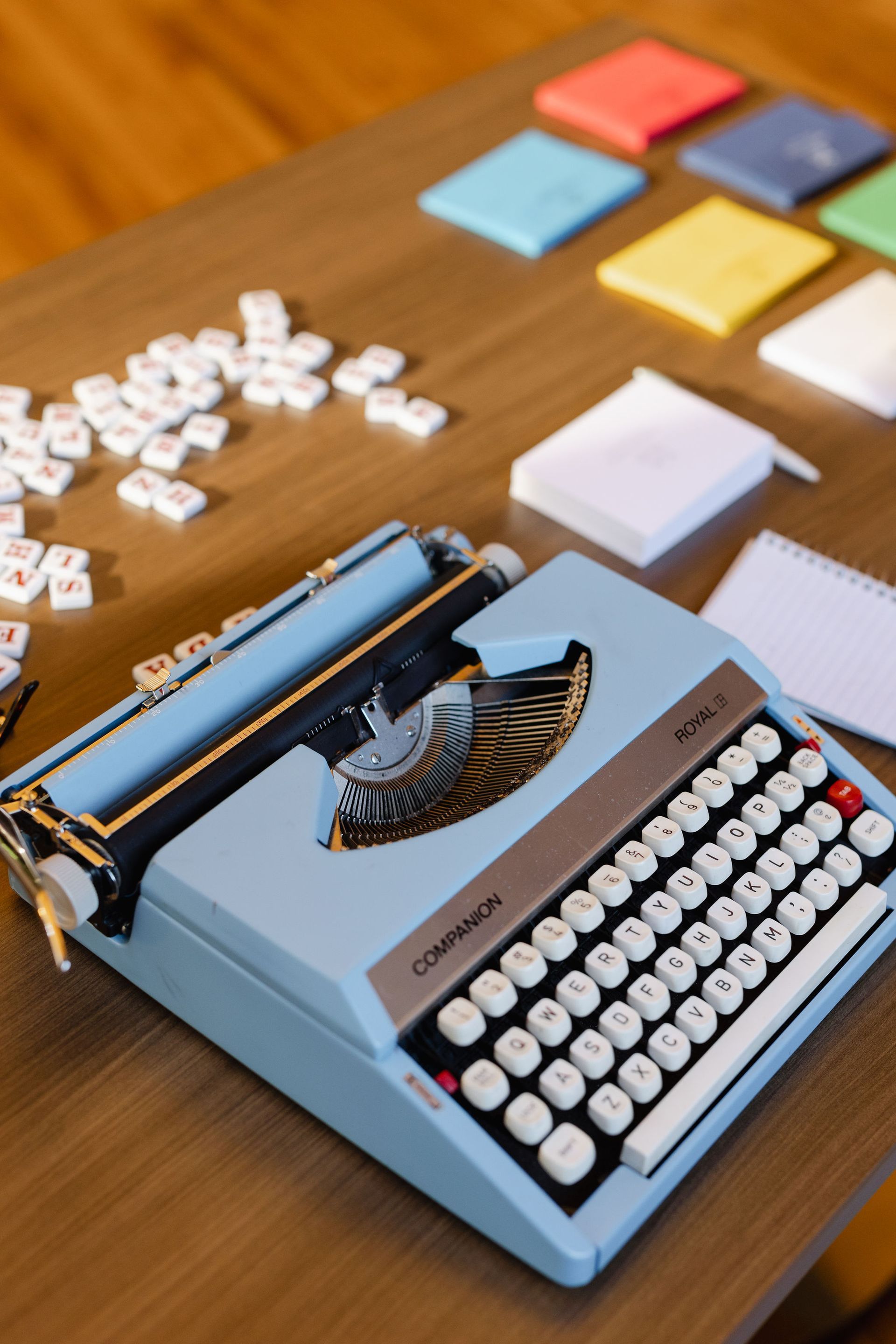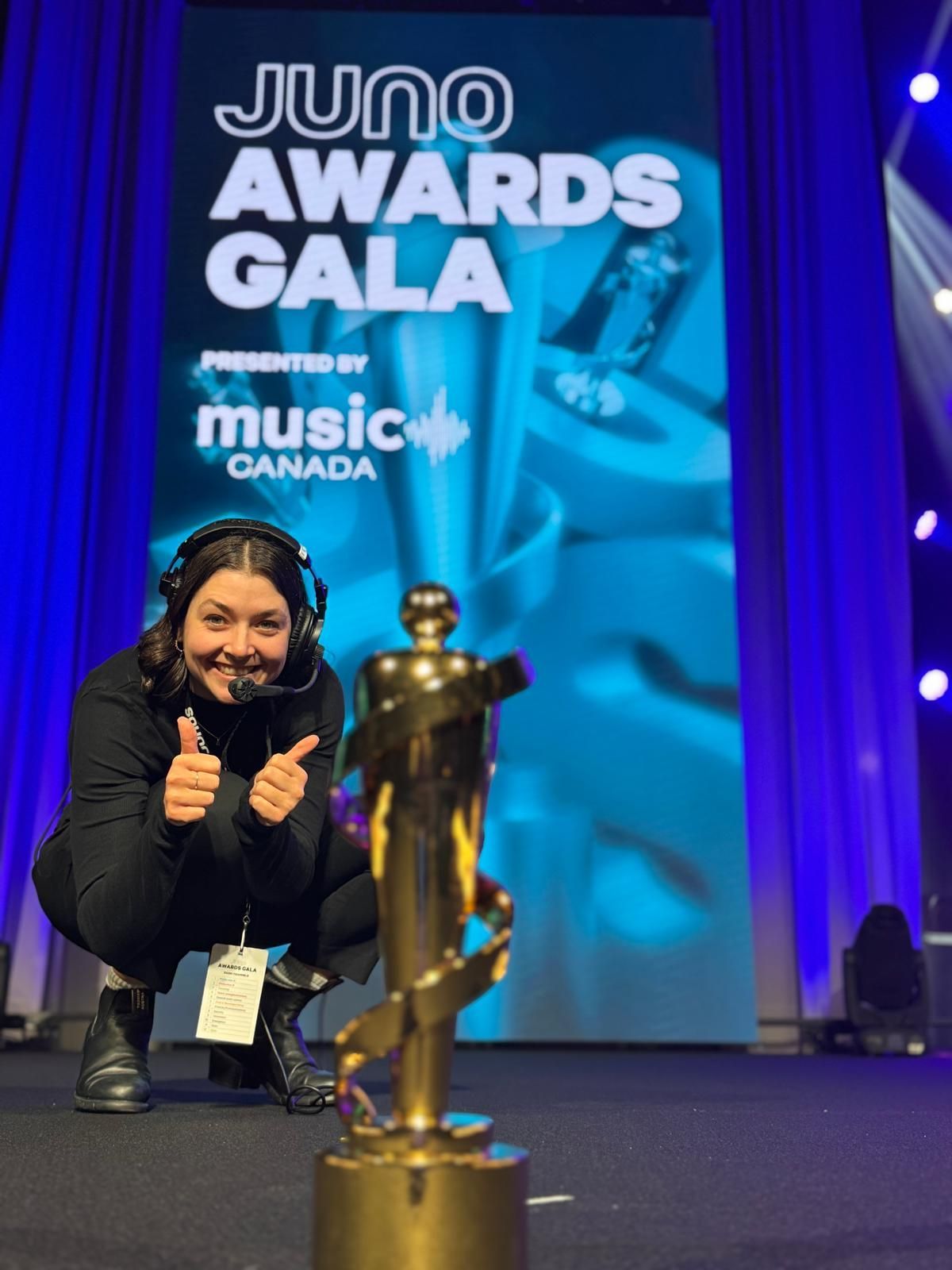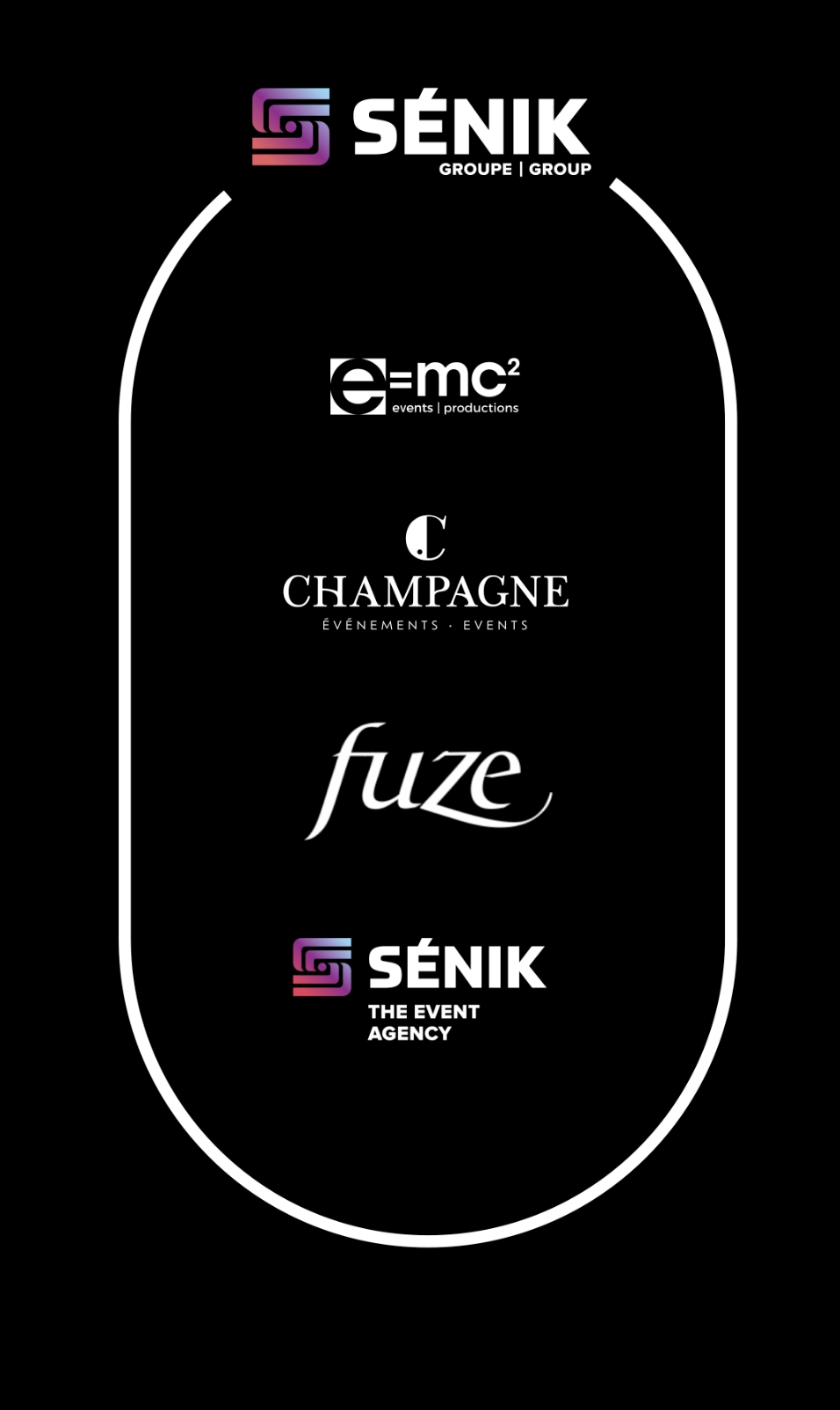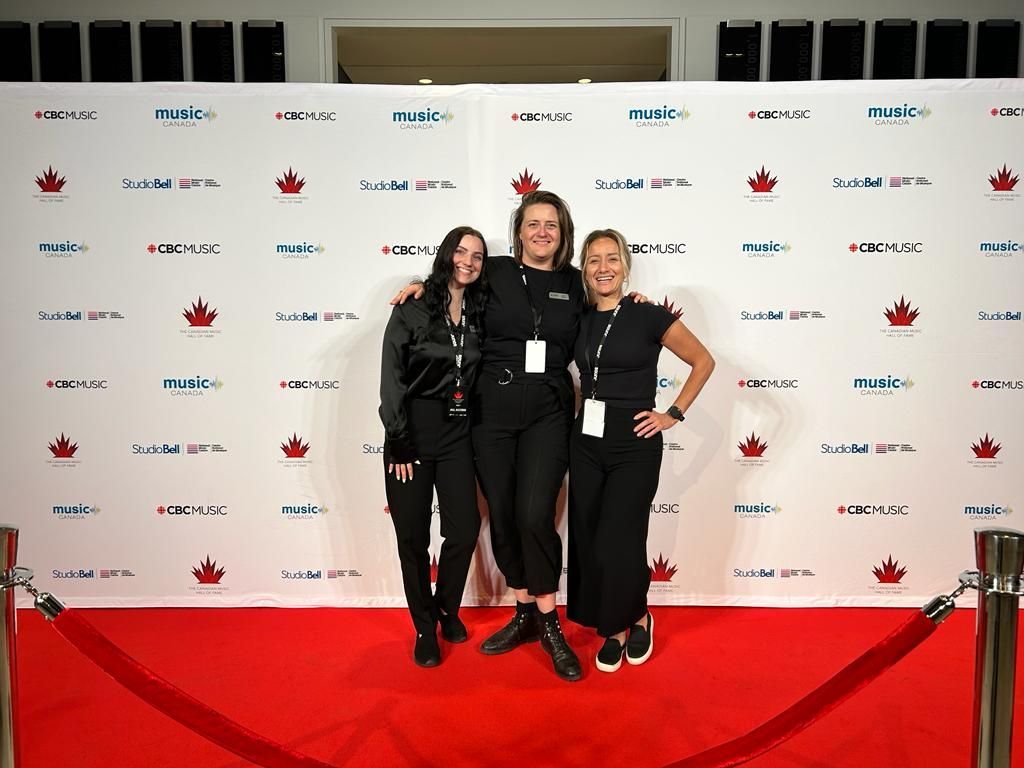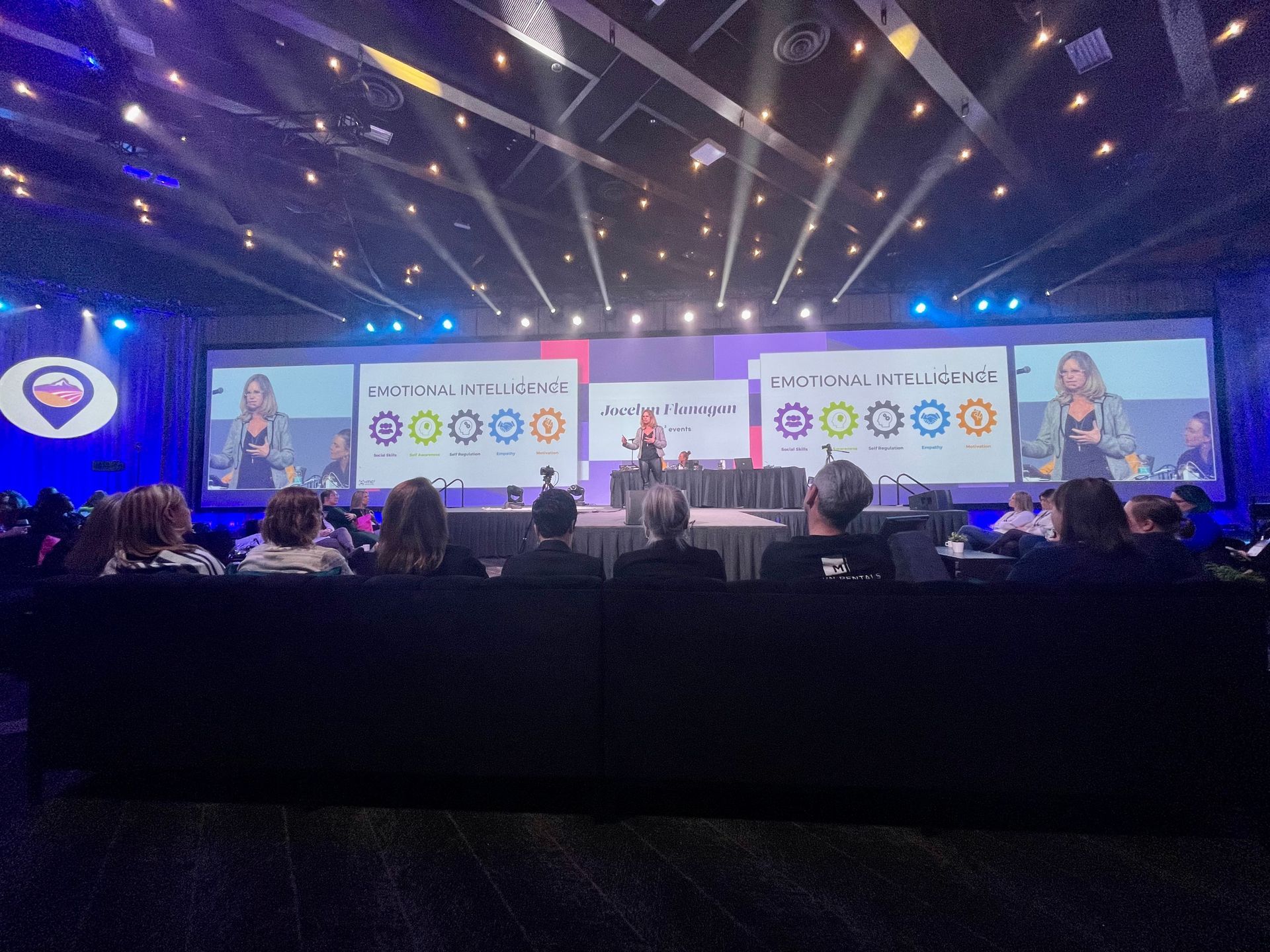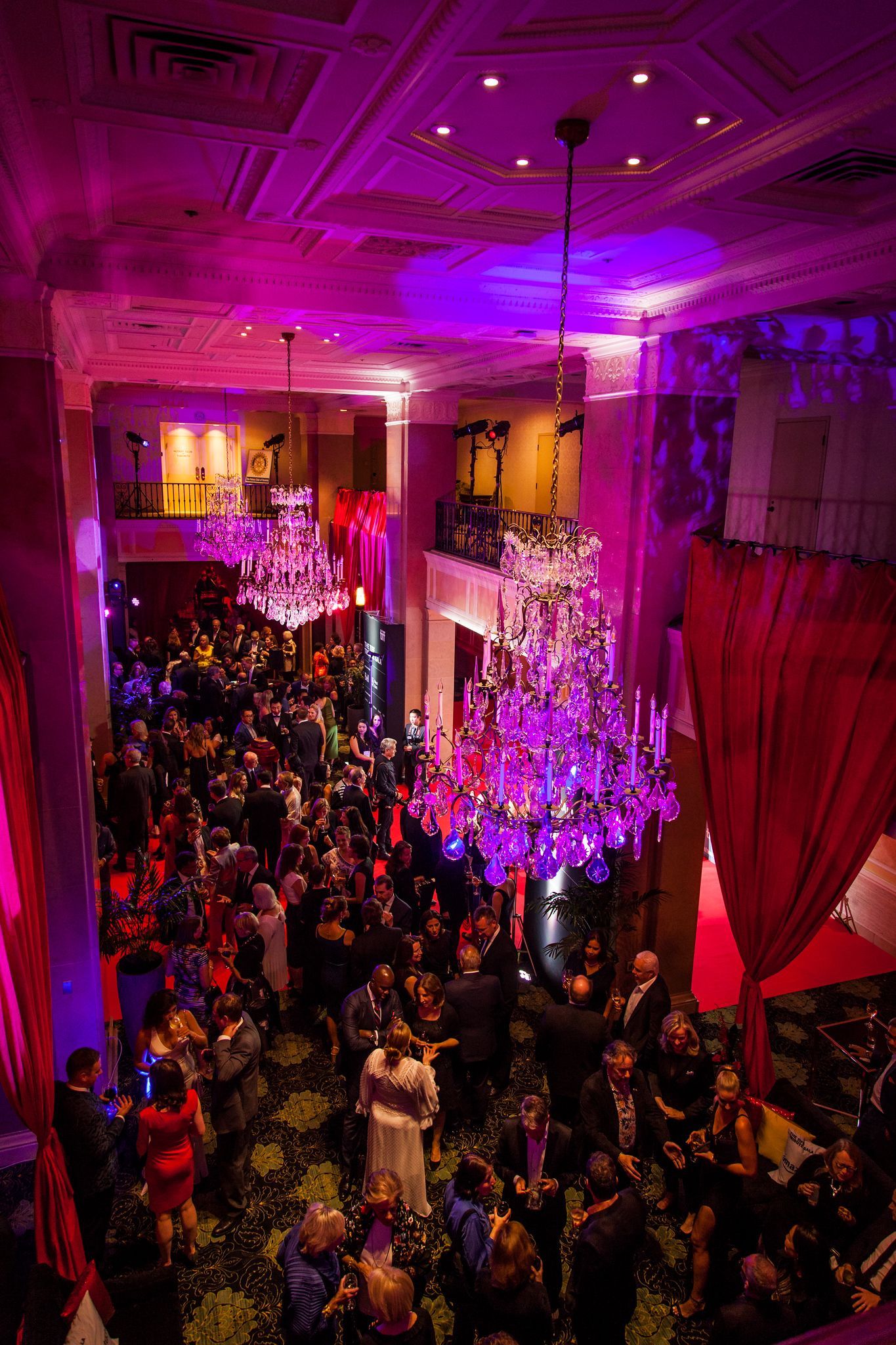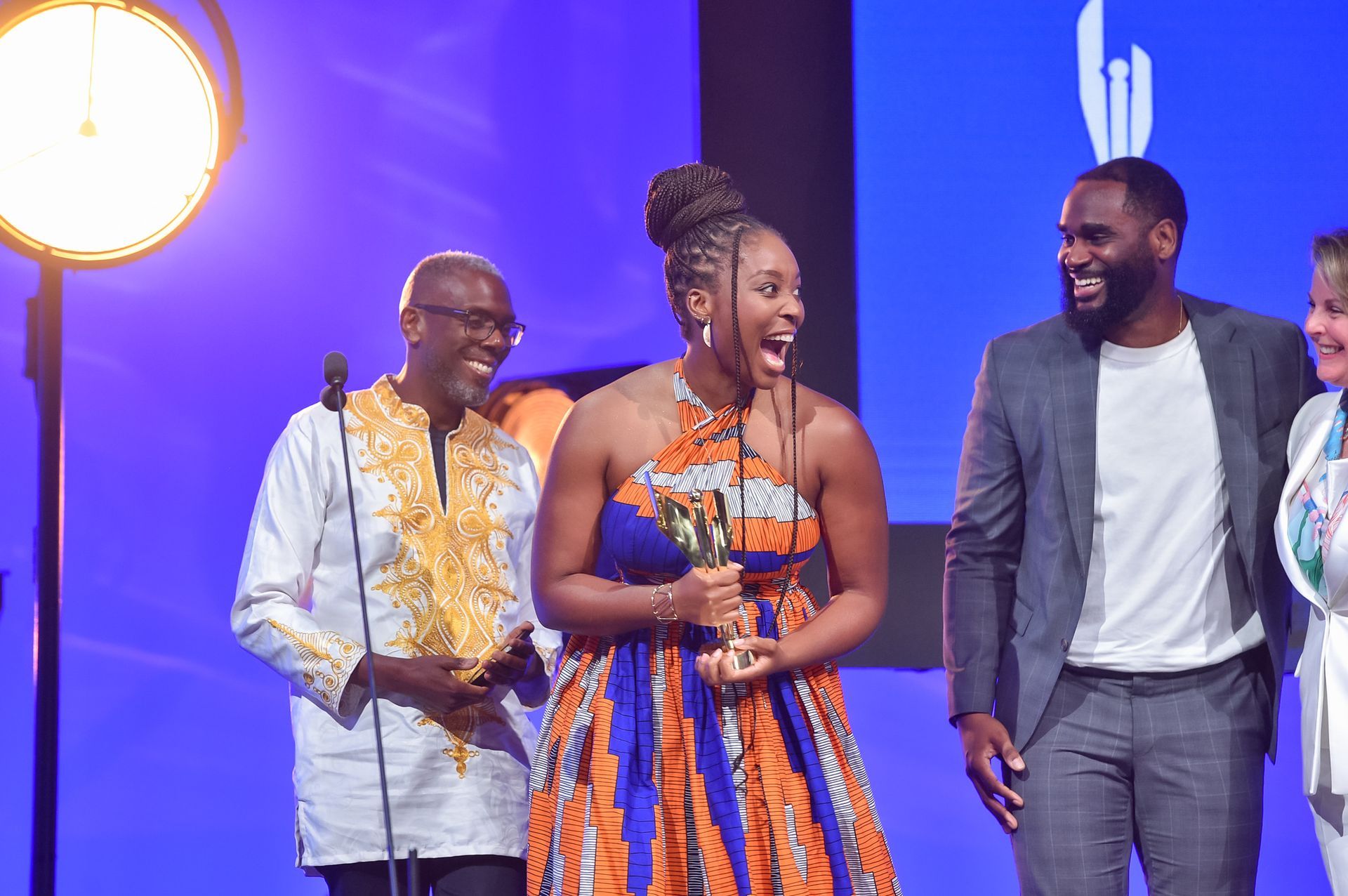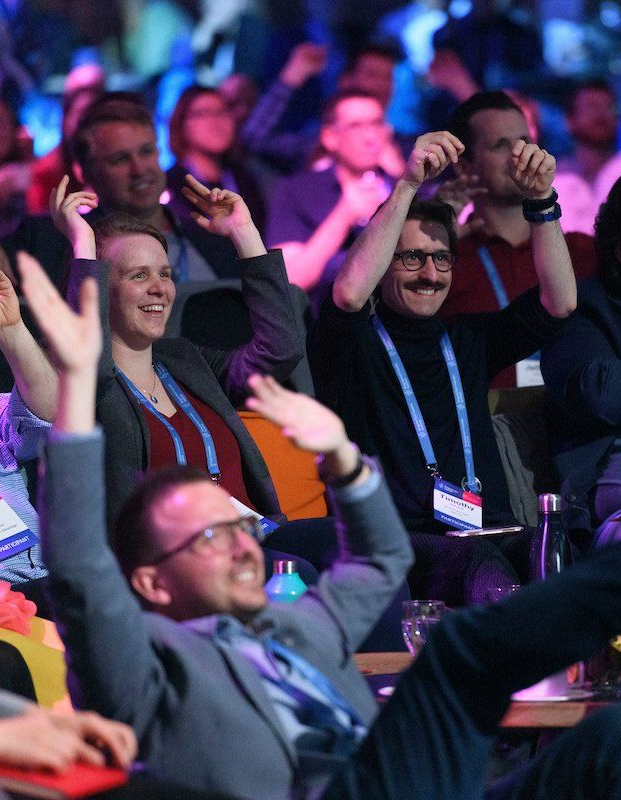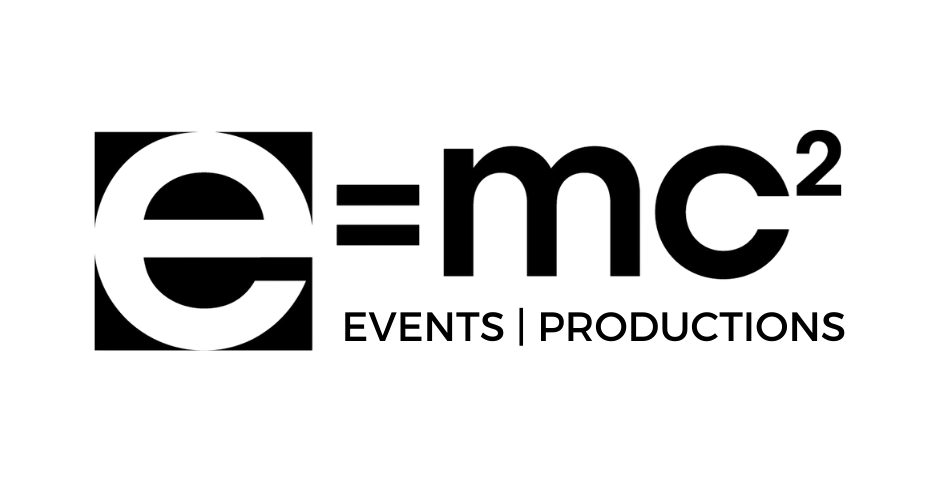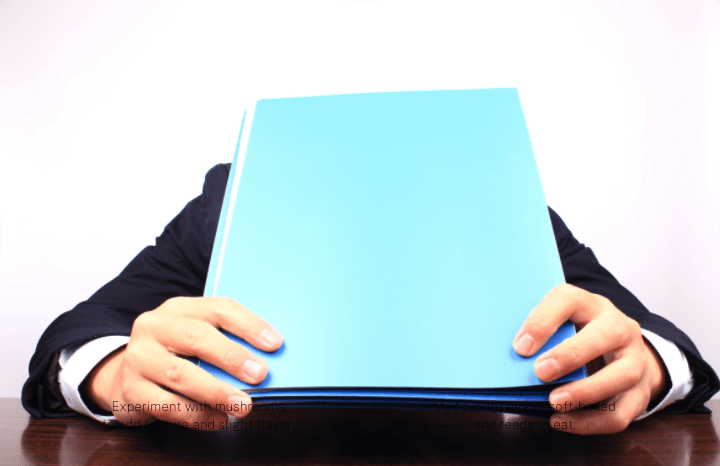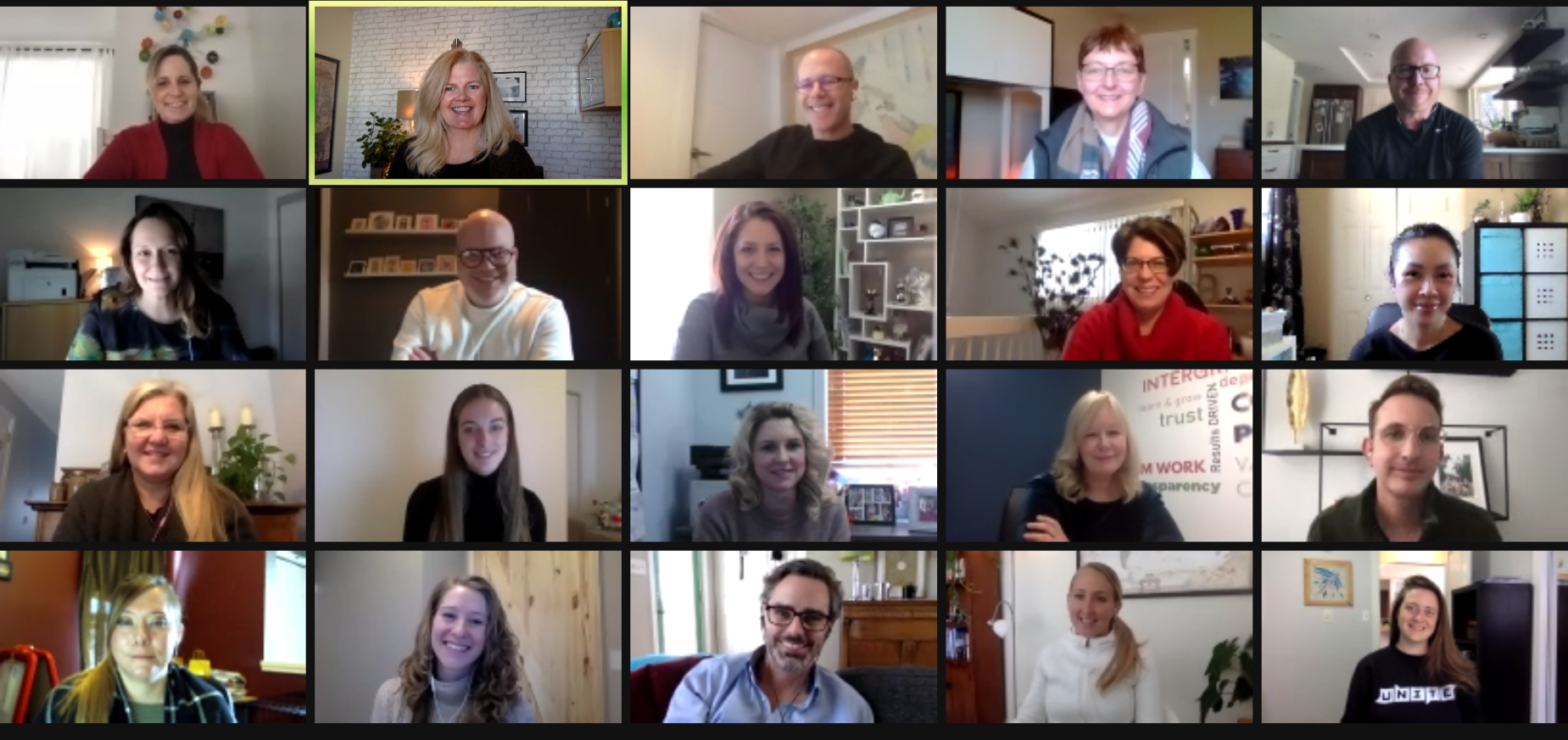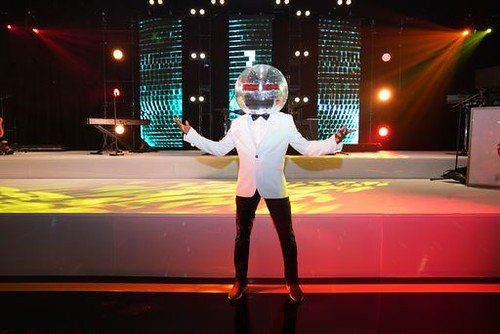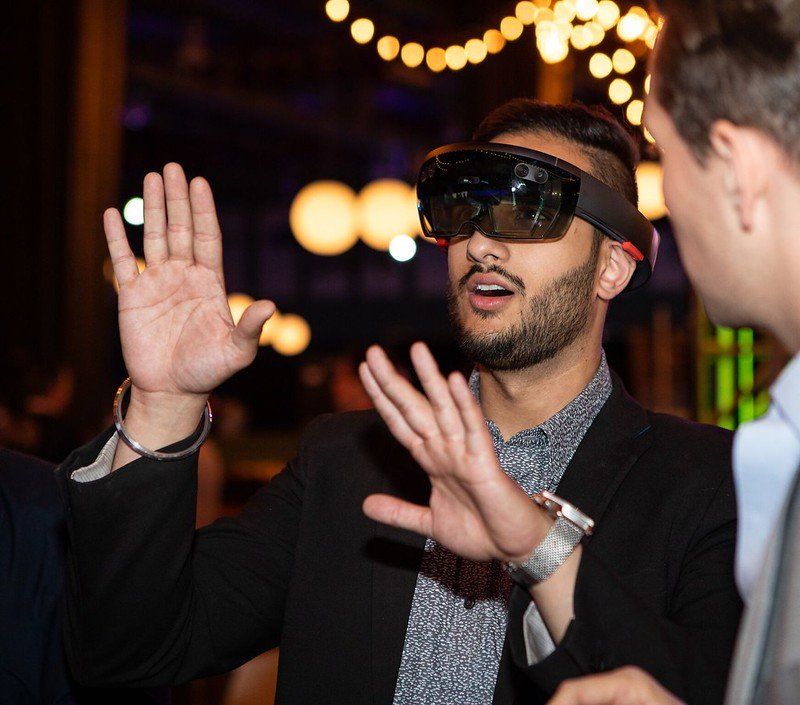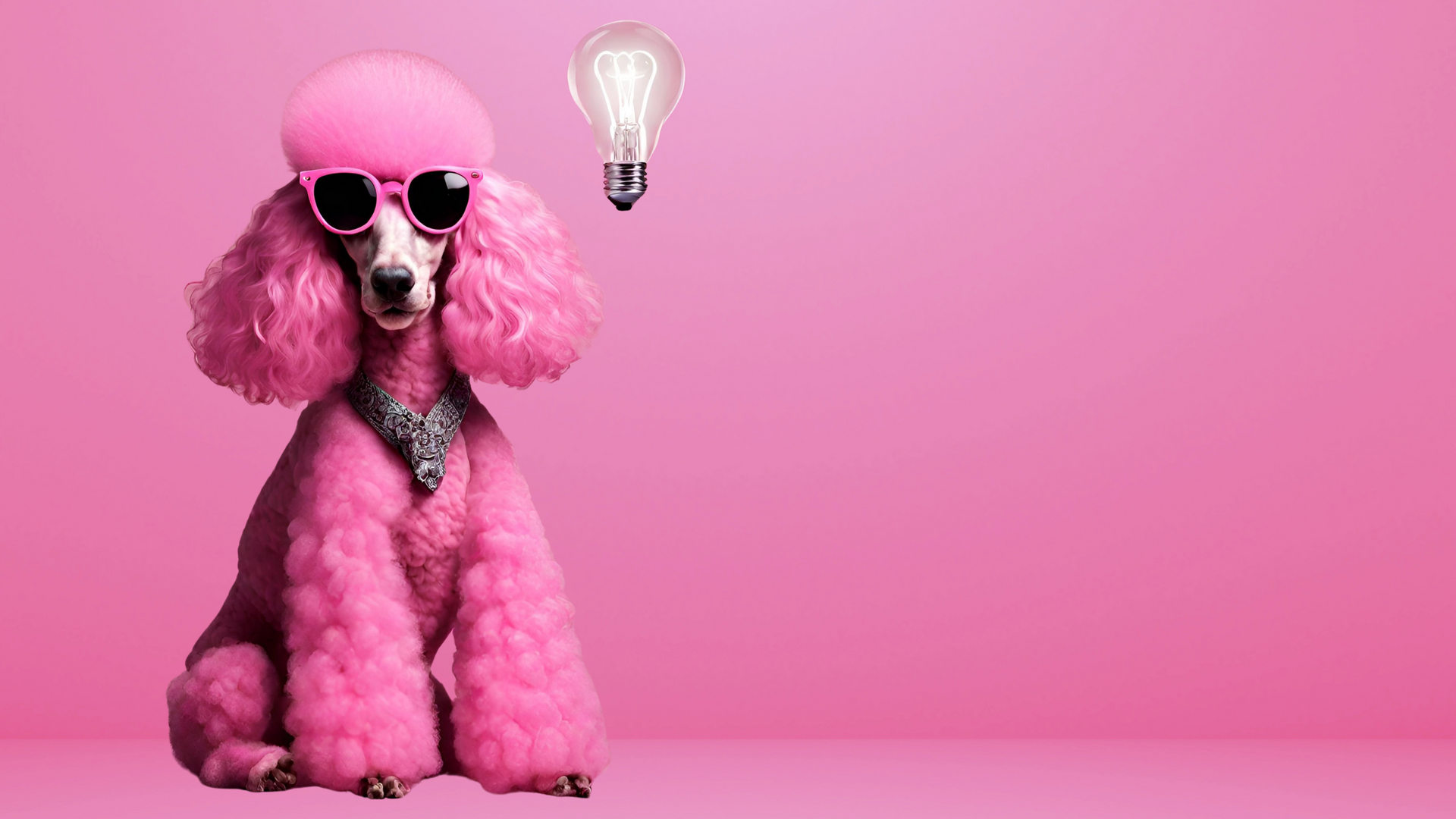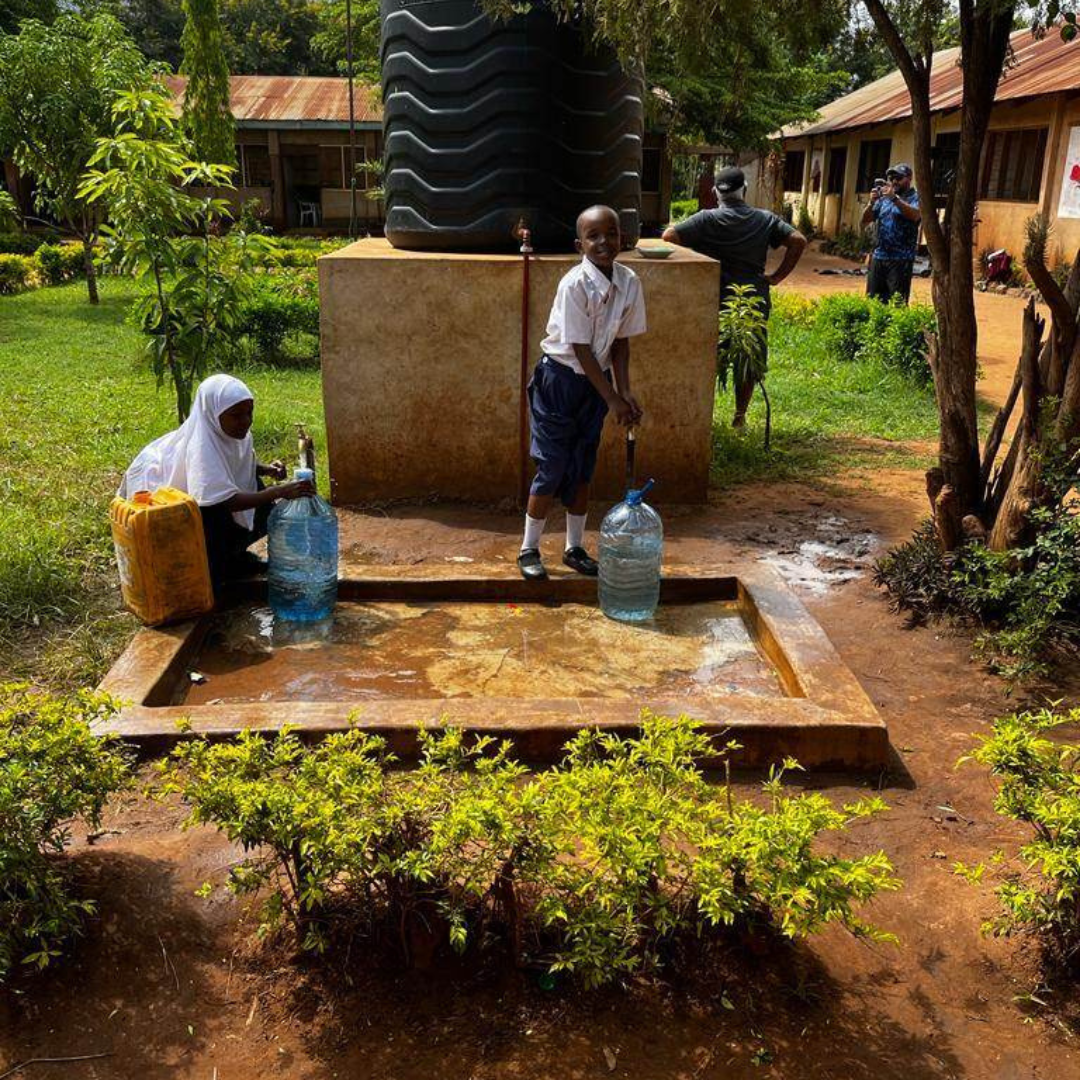Zoom Fatigue to Room Fatigue?
Avoiding The Whack-A-Mole Effect
Ah, “virtual event”. The phrase of 2020 [next to “unmute”]. In our industry, this has effectively replaced “Stage”, “Venue”, and even, dare we say, “Live Event”or “Meeting”. Zoom fatigue for attendees is real. Being overstimulated with everything digital, virtual everything has us daydreaming about the days of hand shakes, body language and social norms...connecting in organic, tactile ways; talking in a room, together.
So what happens next? After Zoom Fatigue isn’t a thing - when the doors open to gatherings and events, how will our audiences behave? What will the new social norm be? Will we get overwhelmed? How long will our audience last - will they come and leave within an hour? Will Room Fatigue become a thing?
We sat down with our Chief Creative Strategist, Keri Miller, to reflect on how she has seen her very bubbly, extroverted nature shift.
“If anyone had told me a year ago that I, Keri Miller, would be content to stay home, not see people and that I would have a social and work calendar with NO in-person meetings, collisions or events for over 12 months, I would have literally laughed myself into a guffawing mess.
I’ve become a home-body, zooming (literally) from meeting to meeting, from virtual cocktail hour to virtual networking sessions. I’m tired all the time, my attention span is teeny. Even when engaged with good, solid content and the faces of people I love, I’m not the same “me” I was when this thing started. I fear that I will not be the Keri I once was, live and in-person.”
As event professionals, understanding our attendee demographic has always been key to the success of our events. “Who” was integral to the “why”. We planned timing, food and beverage, entertainment, engagement and design based on who our audience was. We took historic data and designed around how we expected and anticipated them to react.
We learned over the years how long certain demographics would stay, who would be last on the dance floor, who would sit up front, and who would hide in the back. We learned to change the space and adjust the energy through design, technology, entertainment and scripting.
Now, imagine your fatigue, and imagine walking into a room. A big room. A noisy room. A room programmed with lighting, audio, virtual reality, signage or brand activations everywhere you turn, social media cues, and people. A LOT of people. A room designed to engage you from the moment you arrive, to the moment you get home. Yikes!
Enter – the Whack-a-Mole Effect.
Keri muses“The thought of attending an event the way they were designed before COVID has me conjuring up visions of being beat over the head with something and wanting to hide or protect myself. Like a Whack-a-Mole Game. I come up for air to see who’s in attendance, find a friend or a martini, and duck to comfort in my own secret space!”
Who will our audiences be when the doors open? How will they interact and socialize with humans in person?
Anxiety post-COVID is real. All of our interactions, expectations, and behaviours have changed. Can we physically prepare, dress, go out and engage with other humans? How long can we stand? How do we feel on our feet? How long will it take for Room Fatigue to kick in? Will the inevitable need for tiered entry due to safety protocols create shorter event and engagement experiences, making the transition easier and more natural? Will the first events be 6 hours or 2 hours long?
As we pondered the ramifications of wearing the same pair of sweatpants for 380 days in a row, the idea of the Whack-a-Mole Effect begins to take hold. We need to consider how we are creating our next phase of events, for our next phase of attendees.
Our role and value is to really consider who is choosing to attend, what type of event they will choose to attend (in-person, digital or a hybrid of the two...yes, we must give them choice!) and engage them through purposefully designed spaces, tiered moments and relevant, awesome content.
Room Fatigue will be a thing. Let’s get ahead of it, plan for our new normal, allow humans to pop their heads up, feel the energy and avoid the hammer.
If you'd like to have a conversation about this or invite us to chat click the button below to reach Keri Miller
